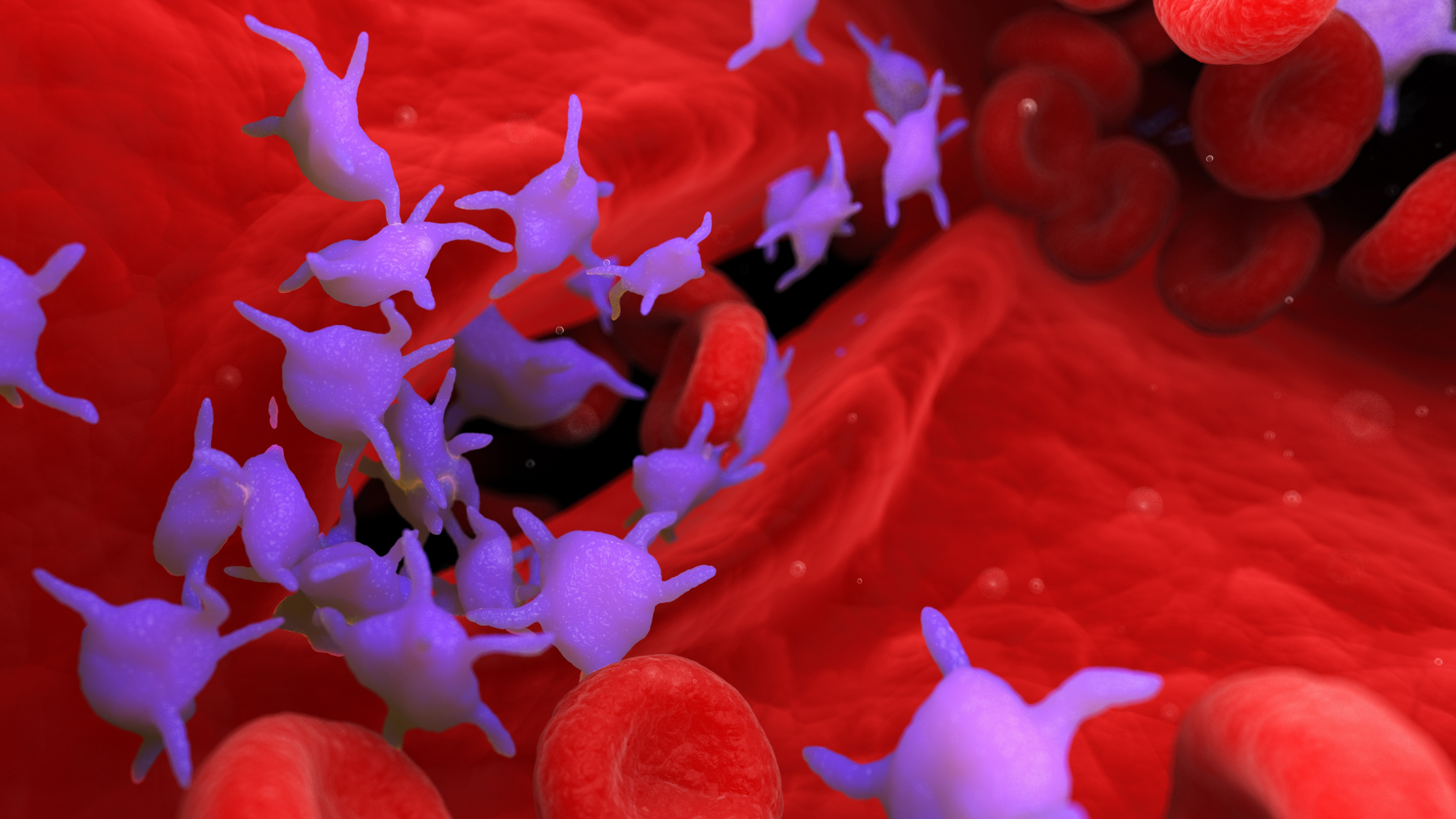Are You A Candidate?
![]()
If facet joint pain is proven by high quality BUT short term relief from either the MBB or the intraarticular facet joint injection then you are a candidate for radiofrequency ablation (RFA) neurotomy.
This involves disconnecting (via heat lesion) the medial branches servicing the painful facet joints (shown in videos below). This is a nonsurgical option for facet joint pain if no other less aggressive treatment has provided relief. The results may not be permanent, however, due to the human body’s healing potential.
If the medial branch regrows enough to connect back to the facet joint then the associated facet joint pain can return. If that occurs then the RFA procedure can be repeated. It doesn’t mean that the RFA procedure has to be repeated every year for the rest of your life, it just means that sometimes it may have to be repeated more than once.
How to Prepare?
![]()
To get ready for your procedure please read the Preparing For Your Spine Injection page of this website.
Before the procedure starts you will speak with Dr. Terebuh in an exam room to answer any final questions you have. He will also verify procedure safety questions. You will then be escorted to the procedure room where all the necessary equipment is located. The procedure table is a rather narrow padded surface and you will be asked to position yourself on your belly. A procedure room assistant will be present to help you if you desire. Positioning pillows can be used to make you as comfortable as possible. The procedure table will elevate several inches and the targeted area of your spine will be sterilized with an alcohol based skin preparation that gives a cool sensation and temporarily tints your skin orange.
A moving x-ray machine called a fluoroscope operated by Dr. Terebuh will be used to guide the entire procedure. The fluoroscope surrounds you like the letter “C” but it will never touch you. Nerves are “invisible” with x-rays so the fluoroscope is used to see the bone landmarks in the spine and increases the comfort, safety, and precision of the injection. The design of the C-arm fluoroscope allows Dr. Terebuh to get the ideal view angle to perform your procedure. The fluoroscope does deliver a dose of radiation similar to an x-ray and the machine settings are adjusted to administer the absolute minimum radiation dose possible for your procedure.
The skin over the targeted landmark will be injected with numbing medicine, which causes a very temporary sensation like a “bee sting”. Most patients agree that the numbing of the skin is the most unpleasant part of the entire procedure (fortunately it is very brief) and the rest of the process feels like movement and pressure rather than pain.
Each needle movement is verified by the fluoroscope to ensure your safety and your comfort. Once the needle tip is in the ideal position relative to the bone landmarks an important safety step is taken. The tip of the special RFA needle can send a stimulation to verify that the needle is not too close to the nerve root that travels into the corresponding limb, because the important goal of the procedure is to selectively disconnect only the medial branch nerve and avoid injury to the nerve root. This important safety confirmation takes place before any deep numbing medication is injected and before the heat is generated at the tip of the special RFA needle. Once safety is confirmed, numbing medicine is injected at the needle tip followed by the heating protocol at the needle tip. After the heating is completed then the needle is moved to the next targeted medial branch and the process is repeated. A bandage will be applied to the injection site and you be escorted back to the original exam room for the after injection observation, monitoring, and discharge process.
Make sure to notify Dr. Terebuh if you have a pacemaker, an automatic implantable cardioverter defibrillator (AICD) or any other implanted electronic device because the radiofrequency ablation equipment could interfere with the function of these electronic devices. Dr. Terebuh will need to coordinate with your treating physican to find out whether or not the radiofrequency ablation equipment is compatible with your electronic device.





